Podcast: Play in new window | Download
Subscribe: Apple Podcasts | RSS | More
On July 20, 1969, one of the greatest accomplishments in human history was witnessed around the world, when NASA’s Apollo 11 astronaut Crew successfully landed its Eagle Lunar Lander on the surface of the moon. As the dust settled, the astronauts peered out the double-paned, triangular windows of their landing craft and witnessed a desolate, grey plain littered with rocks, craggy knolls, and rolling hills. This pale, lifeless wasteland contrasted sharply with the inky black expanse of space.
Climbing down the steps, testing the soil, and then planting both feet on the lunar soil, Astronaut Neil Armstrong took his first steps. He was the first human to step foot on the moon.
As a tribute to these brave astronauts and in the spirit of adventure and exploring roads less travelled, or in this case – roads as of yet never travelled – let’s take a trip around our solar system. We will speculate what it would be like to walk around on the surface of other planets and moons.
Eagle lunar lander touches down on the moon
Neil Armstrong taking his first steps on the moon
Our solar system

The Moon
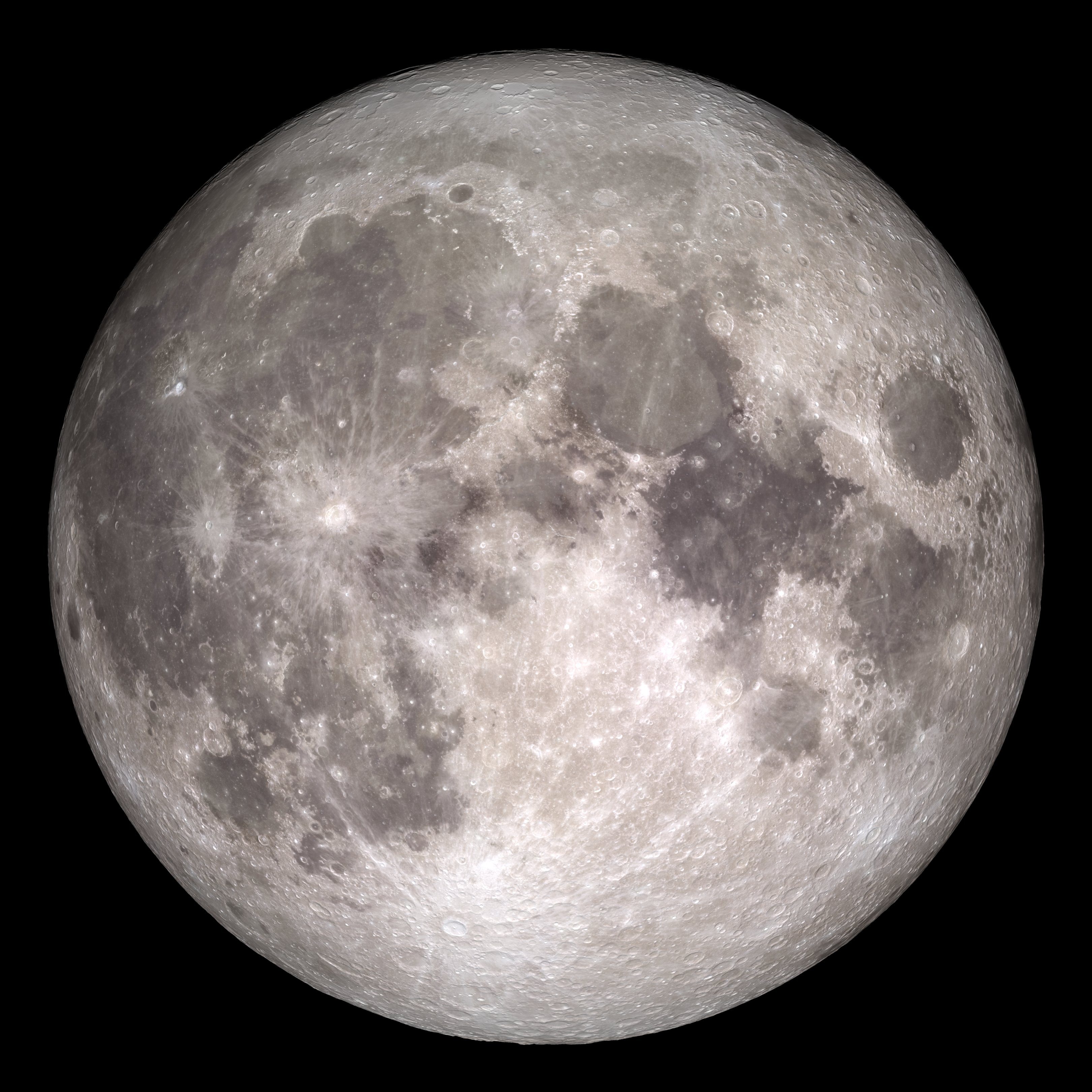
Surface of the Moon
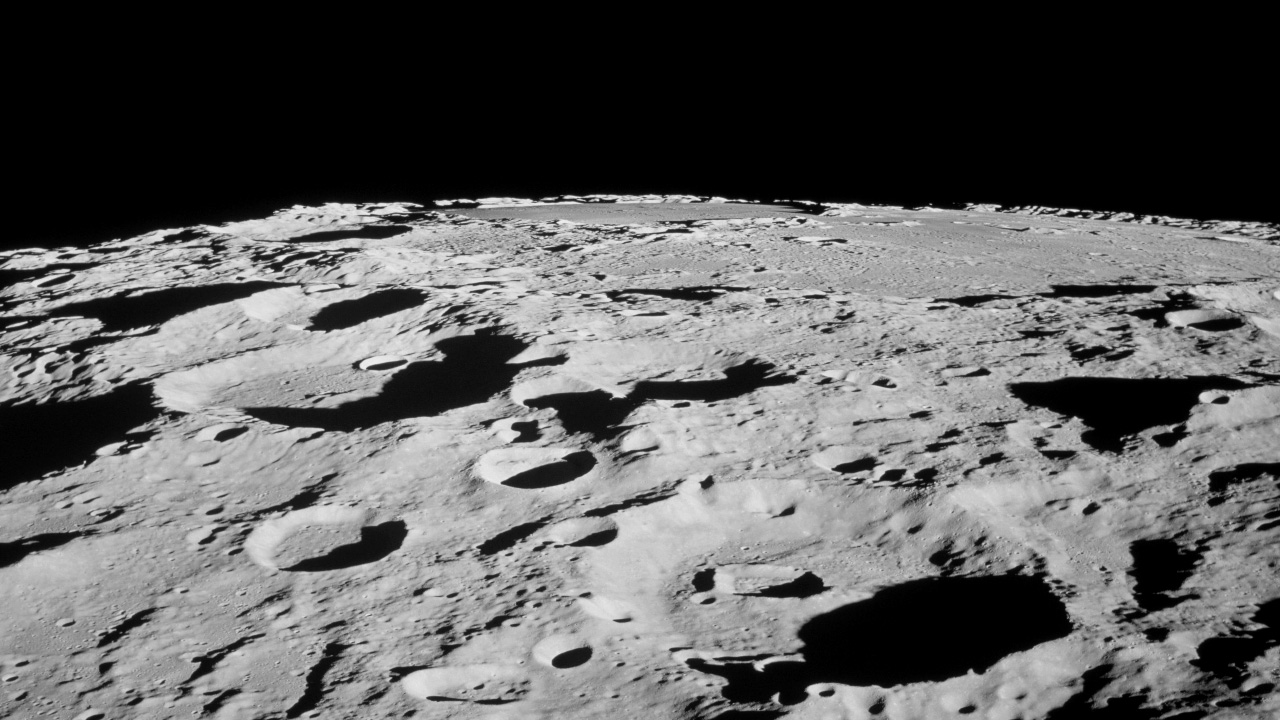
Photo of the Chinese Yutu rover on the Moon’s surface in 2013
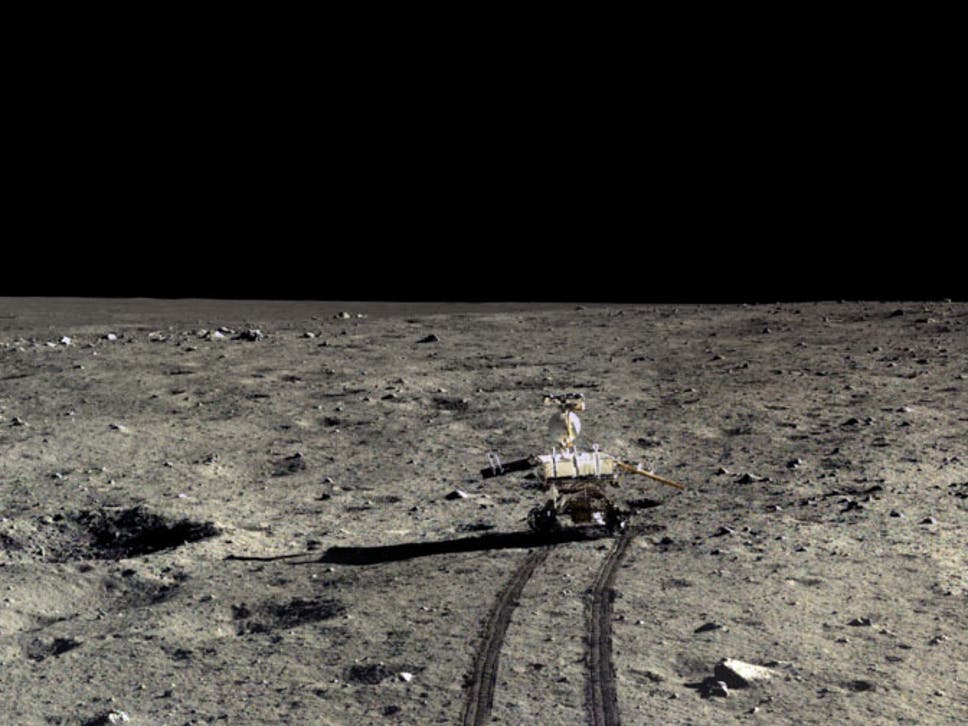
Photo of lander unit taken by the Yutu rover
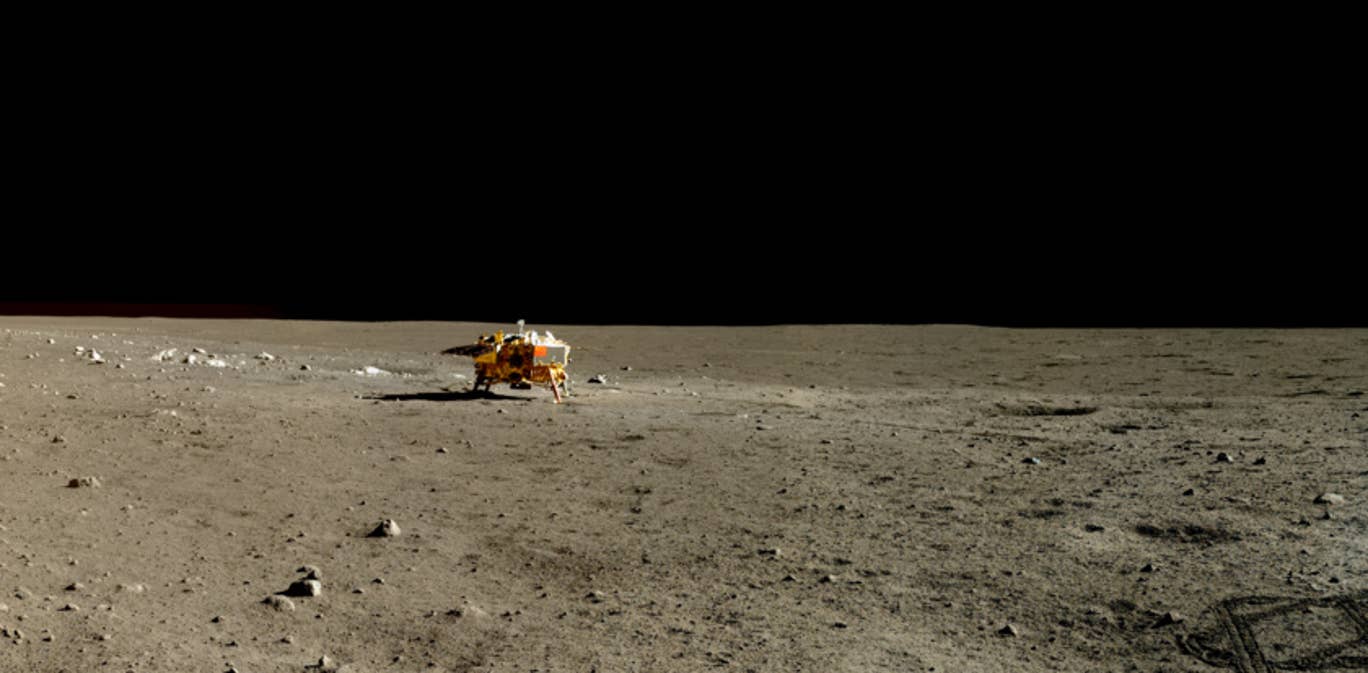
Mercury

Surface craters of Mercury

Artist impressions of Mercury surface
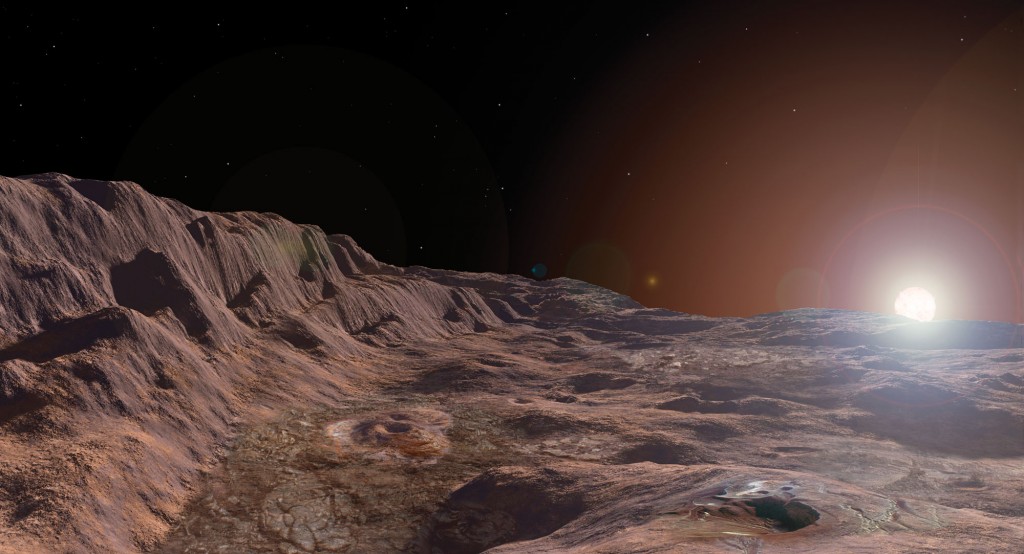

View of the Sun from Mercury (artistic rendition)

Venus
Venus with cover of clouds
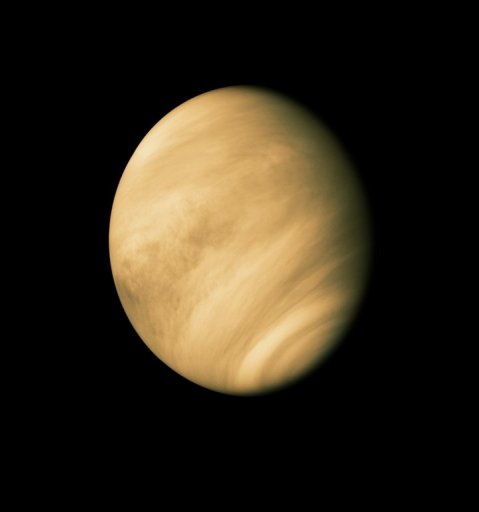
Venus without cover of clouds

Photo of Venus surface taken by Soviet Venera 13 probe

View of the Sun from Venus (artistic rendition)

3-D radar image (color enhanced) of Maxwell Montes on Venus
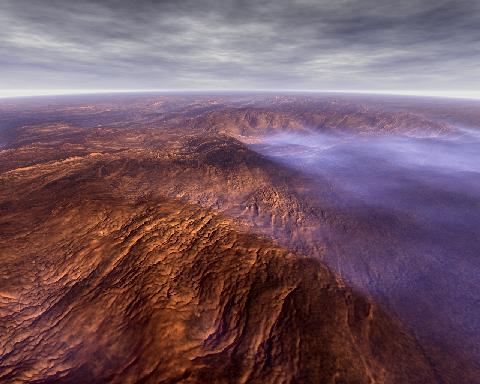
Mars

Pictures and self-portraits of NASA’s Curiosity Mars rover showing the surface of Mars



Mars Curiosity rover simulator: https://eyes.nasa.gov/curiosity/
View of the Sun from Mars (artistic rendition)

Olympus Mons


Jupiter and moons
Jupiter

Artistic renditions of surface of Jupiter
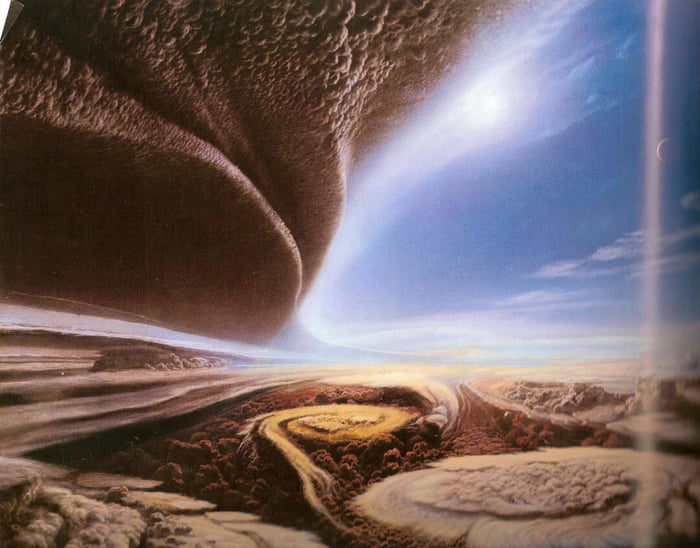

Jupiter’s huge storm, the “great red spot”
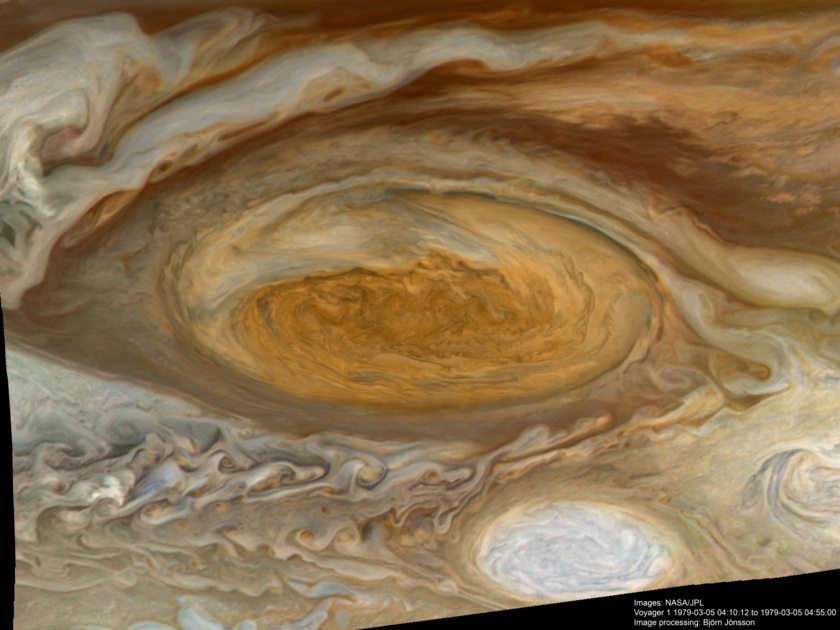
Image comparing size of Earth to Jupiter’s red spot

Io (moon of Jupiter)
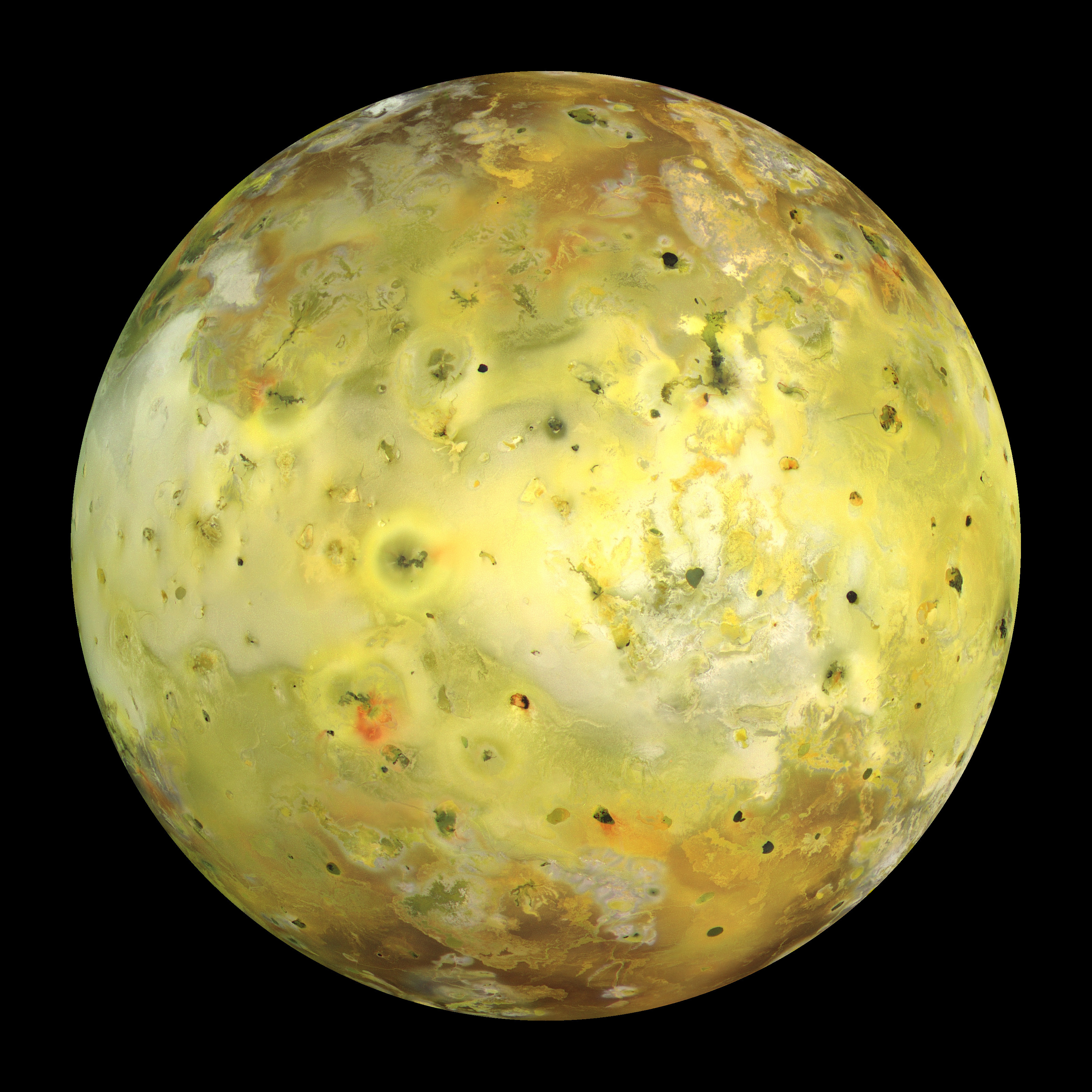
View of Jupiter from Io’s surface (artistic renditions)
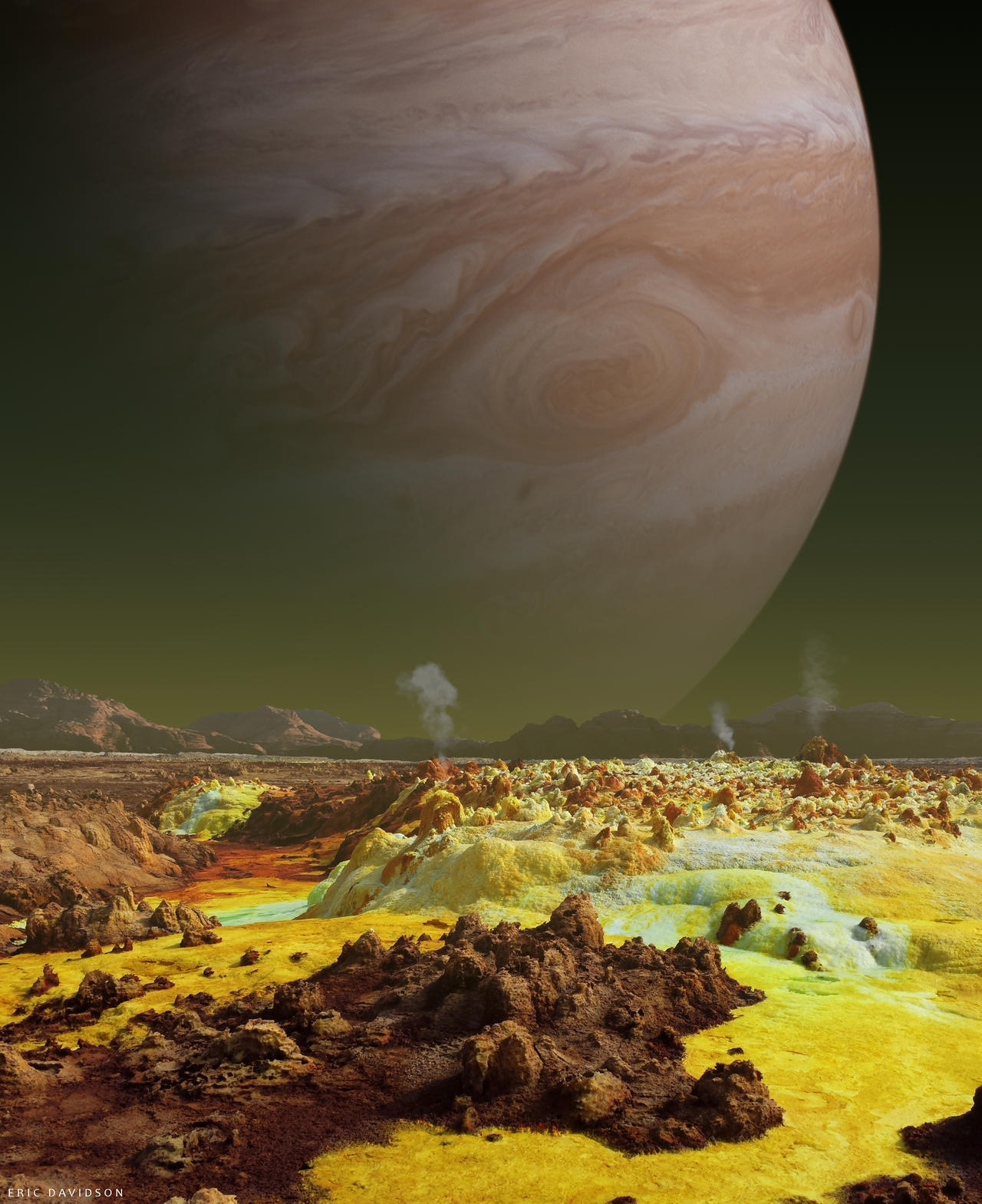
/https://public-media.si-cdn.com/filer/34/14/34141b99-1abf-4ab0-832e-0e175a26d6b7/exploring_io_by_ron_miller.jpeg)
Ganymede (moon of Jupiter)
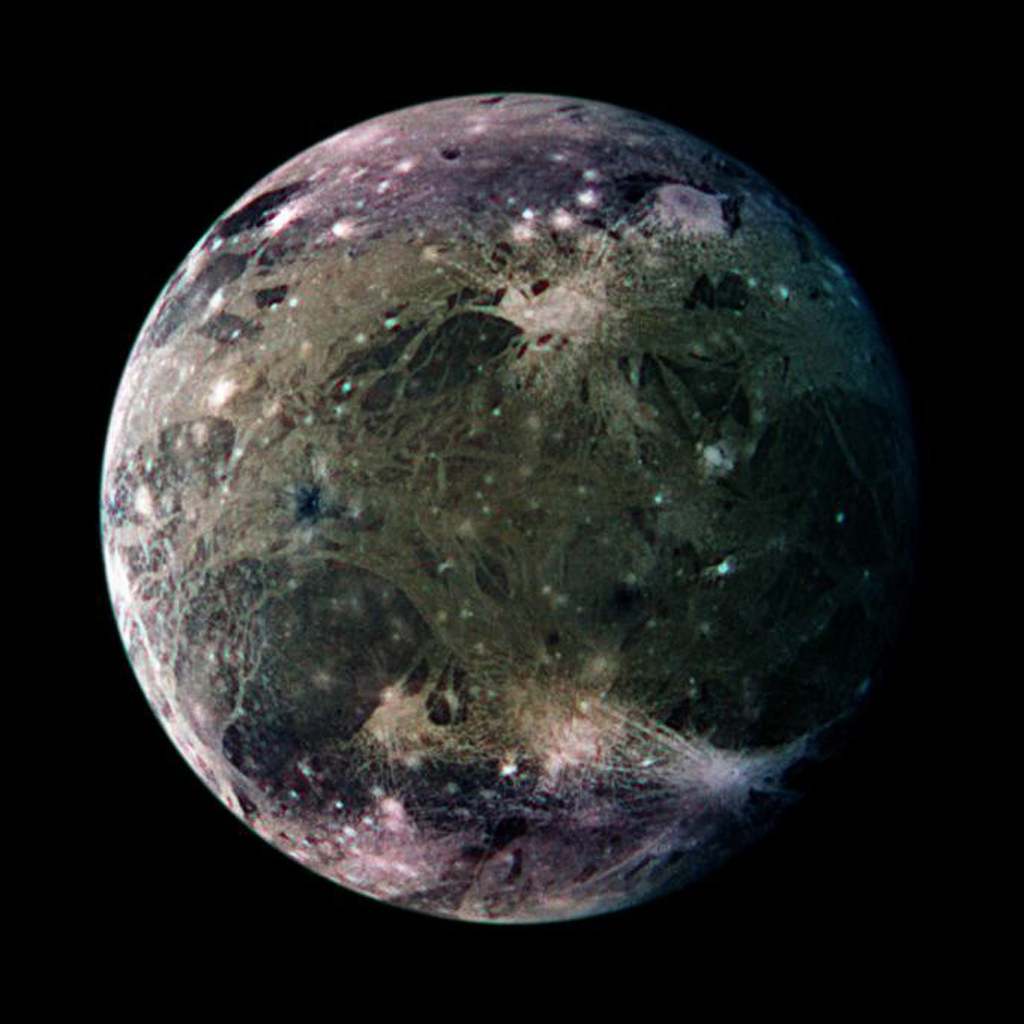
Ganymede’s surface (artistic renditions)


Europa (moon of Jupiter)
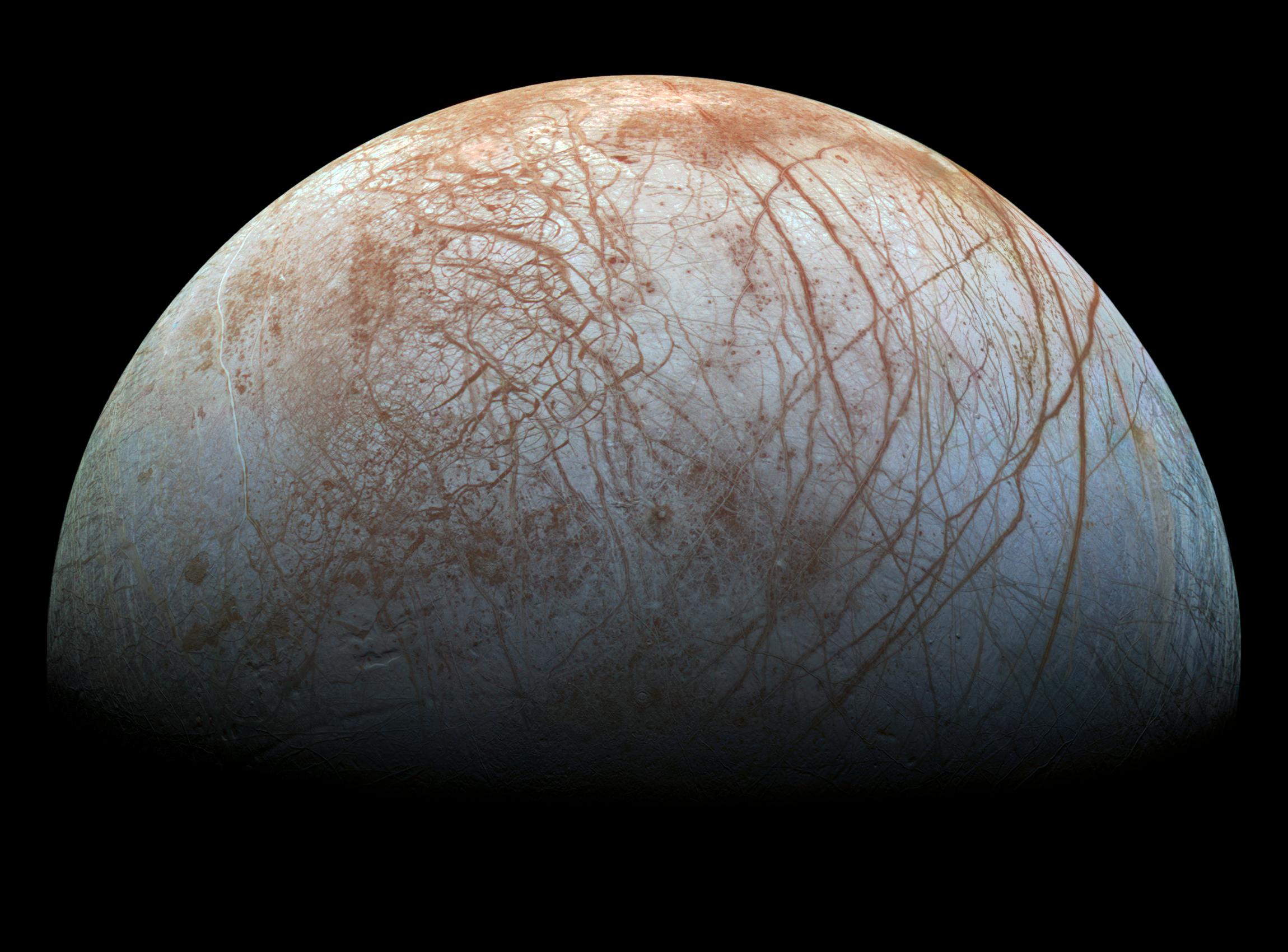
Simulated view of Europa’s surface (artistic rendition)
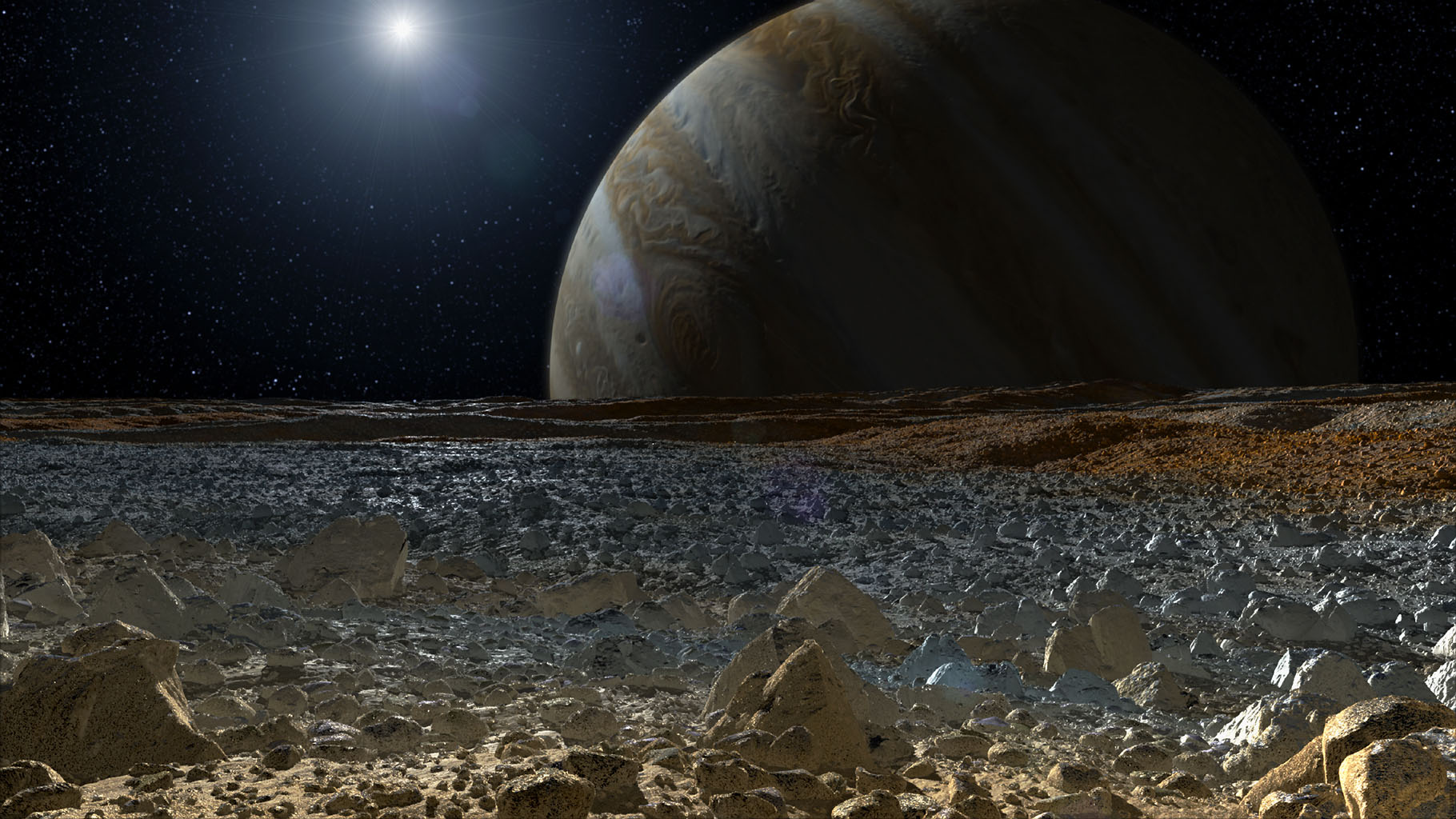
View of the Sun and Jupiter from Europa (artistic rendition)

Callisto (moon of Jupiter)

Craters on surface of Callisto (artistic rendition)

Ice spires on Callisto’s surface (artistic rendition)
Artist’s impression of a base on Callisto
Music Credits:
- “Also sprach Zarathustra,” Op. 30 – Richard Strauss
- Piano Sonata No. 14 in C♯ minor “Quasi una fantasia”, a.k.a. Moonlight Sonata – Ludwig van Beethoven
- “Oh Canada” – National Anthem of Canada
- All other music from the YouTube Audio Library and the Immortal Soles Podcast
